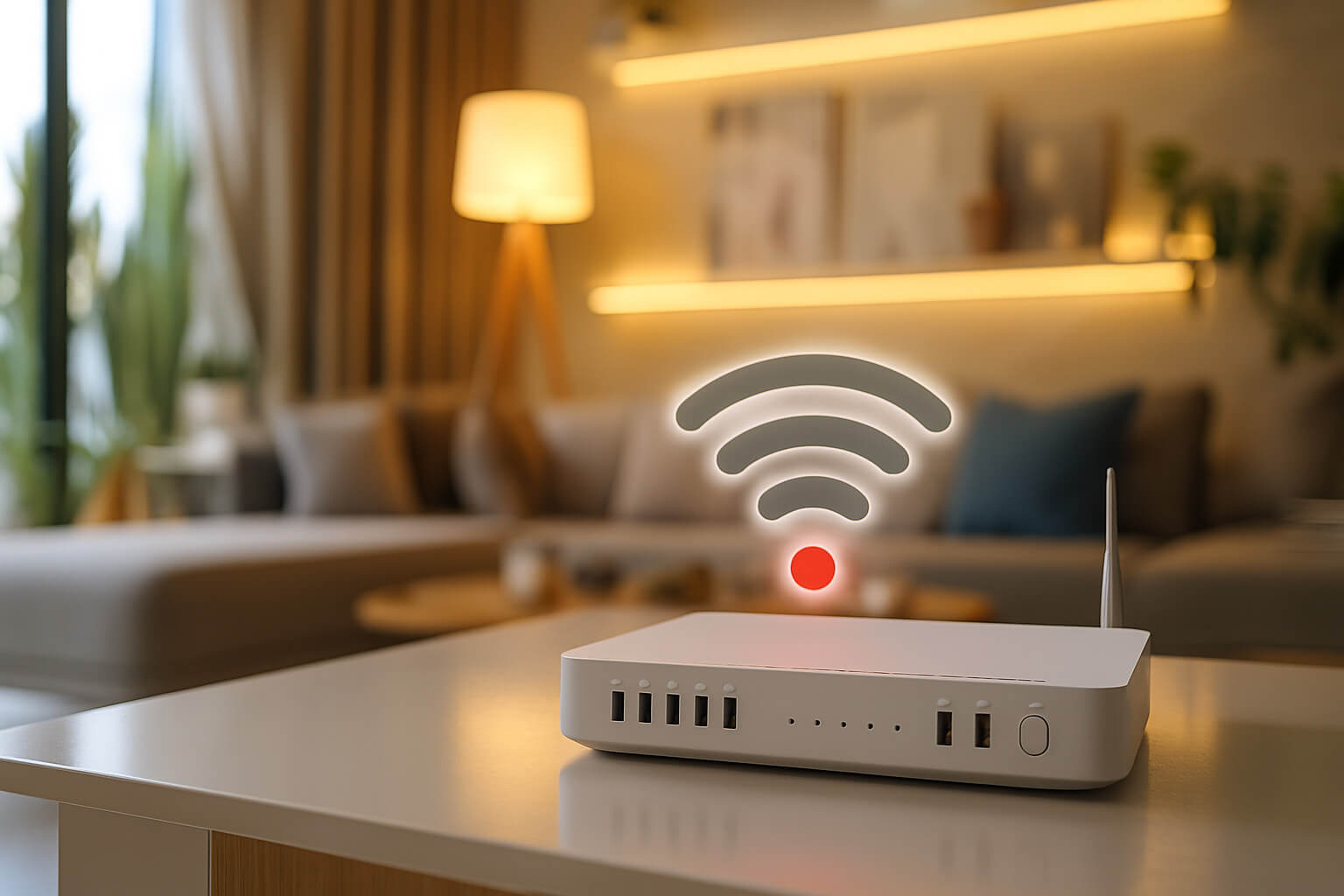Wi-Fi calling often breaks down in homes with heavy insulation, thick walls, or sprawling layouts. These physical barriers weaken Wi-Fi signals at the edges of coverage—especially in rooms far from access points. But even with a strong network, Wi-Fi calling has its limits. Most phones don’t switch cleanly from Wi-Fi to cellular, and carriers often deprioritize Wi-Fi traffic mid-call, causing drops even when coverage looks solid.
